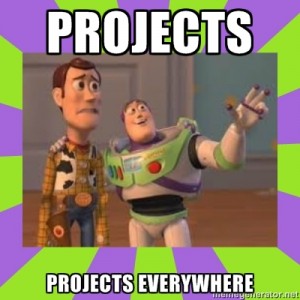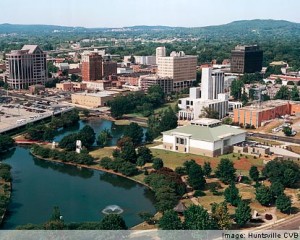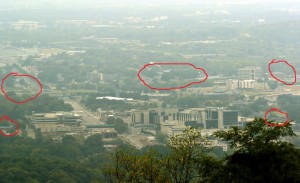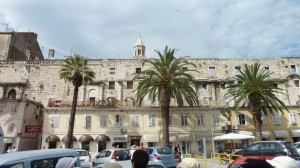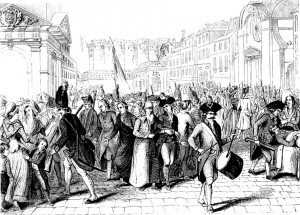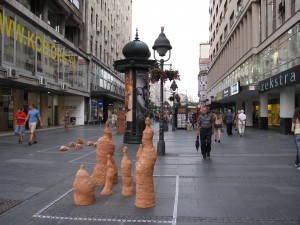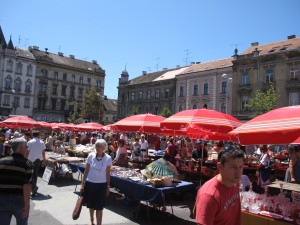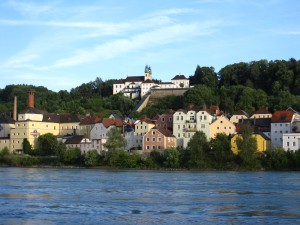If one were to search for pictures of Huntsville, it is likely that one would find old colonial homes and vistas of Great Springs, a natural waterway that runs through the city. These pictures are beautiful despite the implications of their brutal past. They are also carefully shot to avoid the lower income areas of the community. Speaking from experience, one would have to search thoroughly to find any pictures of the true face of Huntsville: the projects. I spent a week in Huntsville, Alabama at the end of this summer, and no matter where I went I was always within sight of a project. By a “project” I mean a grouping of low-cost, government-built housing units (government housing projects). These are typically single-story dwellings made of red brick and economy building materials. They are usually two room homes or apartments, sharing a common green area with multiple other buildings.They are hideous from an aesthetic viewpoint and when considering the basic living standards of fellow human beings.
This is an official picture of Huntsville. It looks pretty:
It may seem suspicious to anyone googling pictures of Huntsville that there are no official panoramic views of the downtown core. It should; pictures of Huntsville are small boxes, capturing only one angle, because otherwise the constant ghetto would be visible. This is the view of downtown from the missing angle (sorry about the mist; it is extremely humid there). This is the reality of Huntsville. This is a picture I found outside the official register; the red circles were made by me, and they denote government housing projects:
The projects of Huntsville were designed and built under the guidance of the US government, and in this respect showcase a failing in urban and social planning. In terms of practical planning, Huntsville’s projects are spread out and visible throughout the city. Why are there projects and ghettos all over the city of Huntsville? The answer is complex, but briefly put, the rich people live outside of the city. NASA runs a rocket engineering facility and arsenal outside of town, which is a massive economic boon for Huntsville. But the middle and upper class people who work there don’t want to live in or near projects, so they built their homes in the hills around the city. The projects remain due to legislation and land prices, and Huntsville continues to be covered in ineffectual and unappealing housing. For someone doubting the necessity of proper urban planning, one trip to Huntsville will change his or her mind.
What is actually most strange about the layout of Huntsville is the juxtaposition of man-made monstrosities, and natural elegance and beauty. Tall old-growth trees make beautiful canopies across all but the widest of streets and freeways. The rolling hills erupt with yellow and red leaves as early as the first day of September. It is a tragic mash-up of town and country. Huntsville is the deformed child of Ebenezer Howard’s Garden City.
Also, this happened in Huntsville: famous on the internet.

